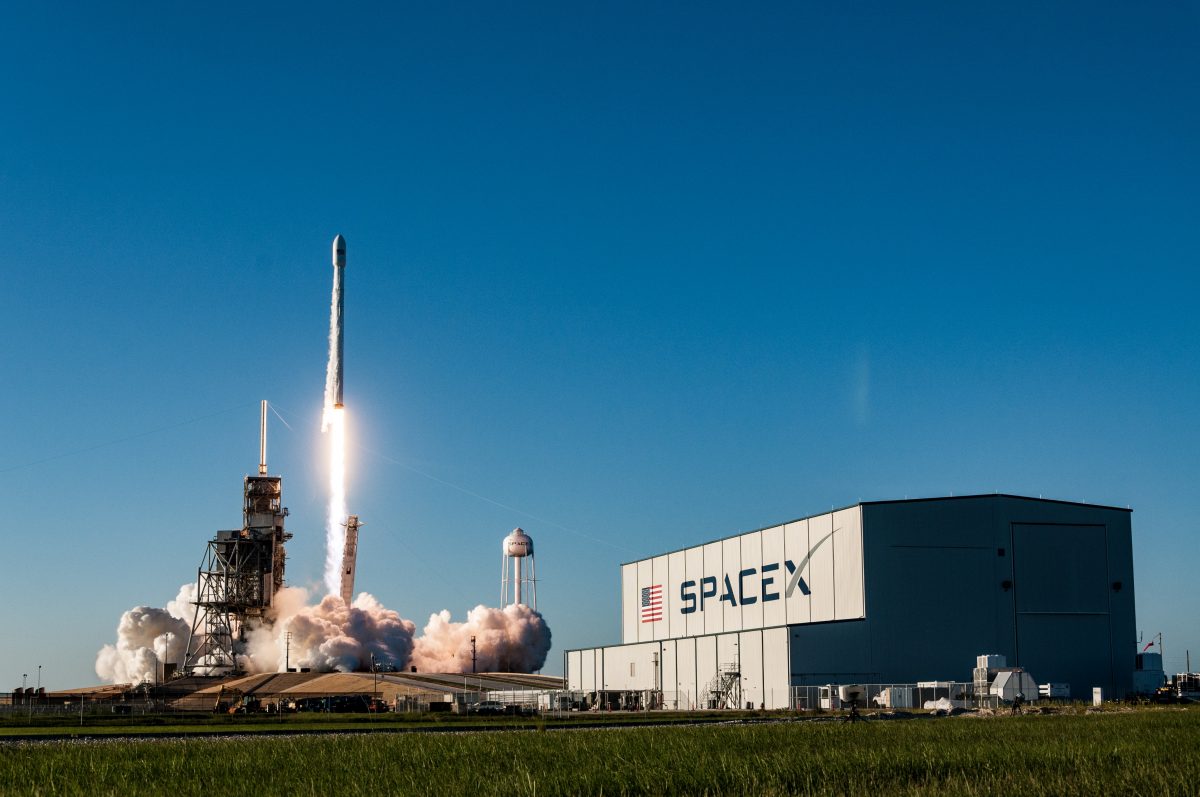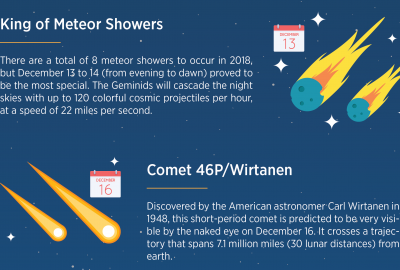It’s been over a month since Elon Musk’s SpaceX completed a rapid fire of three missions. The company broke its record for the number of launches in a year with an epic double-header weekend in which it launched and landed the Falcon 9 rockets from both Florida and California. Now, SpaceX will end its hiatus with a mission firing off from NASA’s Kennedy Space Center on Monday at 12:31 PM ET and even attempt a booster recovery on the ground at nearby Landing Zone 1. The Dragon and Falcon 9 rocket being used are both fresh out of SpaceX’s factory.
The mission is Cargo Resupply Service Mission 12 to the International Space Station or CRS-12. SpaceX loaded its Dragon spacecraft with over 6,200 pounds of supplies, science, and hardware bound for the crews of Expedition 52 & 53. This is SpaceX’s 12th cargo delivery for NASA under a lucrative commercial contract between the federal agency and the private Hawthorne, California-based spaceflight company. According to the Air Force 45th Weather Squadron, the forecast at Cape Canaveral during launch will be 70% favorable but in the case of a delay, Tuesday has been reserved for another attempt.
About 10 minutes after the Falcon 9 blasts off from Launch Complex 39A, the booster will place Dragon in a preliminary orbit. The cargo vehicle will then automatically begin firing its small Draco engines to navigate itself toward the space station. Dragon will arrive early Wednesday morning and be captured by NASA astronaut Jack Fischer and European Space Agency astronaut Paolo Nespoli using the trusted Canadarm–a grappling mechanism created by the Canadian Space Agency almost 30 years ago.
After the Falcon 9 delivers Dragon to its preliminary orbit, it’s booster stage will come soaring through the skies of Florida for a landing that will include a sonic boom. It will mark SpaceX’s 14th successful rocket recovery.
The International Space Station is flying an average of 250 miles above Earth’s sea level and orbits the planet every 90 minutes traveling over 17,000 miles per hour. The station has been in regular operation for over 16 years and usually has an international crew of 6 aboard. The Dragon will be mated to the station’s Harmony module for a month until it flies home for a splashdown in the ocean off the coast of Baja, California. SpaceX will then recover and refurbish the spacecraft for a future mission.
The science materials being delivered will support over 250 investigations aboard the space station. Here’s what’s in the trunk:
Rodent Research
A group of mice is once again flying to the International Space Station for a month-long stay. The experiment is a continuation of NASA’s study on the effects of long-duration spaceflight on mammal physiology. This particular experiment will look for muscle and bone deterioration as well as the effects of living in space on vision. “A final objective is to determine how long duration-spaceflight impacts knee and hip joint degradation, said NASA. “The researchers conducting these investigations will characterize these biological changes in these mice shortly after their return to Earth.”
Microbes
A microbe investigation will be conducted aboard the space station to help scientists and researchers determine the potential for dangerous microorganisms in the orbiting laboratory. The investigation will utilize state-of-the-art detection technology that will analyze samples taken from surfaces around the space station as well as the skin and saliva of crew members. “Years of sending humans into space have shown that it is impossible to completely remove all microbes from humans and equipment that are sent to the ISS, or any other built environment in space,” said NASA. “Previous research has shown that some microorganisms become more pathogenic as they adapt and acclimate to the space environment, thus presenting a potential danger to crew health.”
Veggie
NASA’s Veggie project is continuing with a new set of seeds being sent to low-Earth orbit. The research previously yielded fresh lettuce which astronauts aboard the space station actually ate. The Veggie project is part of the ongoing research into human deep space flight that NASA is currently focusing on and hoping to use to plan long-duration missions to Mars. Can humans grow food during the long journey? Will that food be edible? These are questions that the agency is trying to answer.
CREAM
The “ISS-CREAM” project was developed internationally with researchers from the United States, South Korea, Mexico and France to study mysterious cosmic rays. “Cosmic Ray Energetics and Mass or CREAM will be the first cosmic ray instrument designed to detect at such higher energy ranges, and over such an extended duration in space. Scientists hope to discover whether cosmic rays are accelerated by a single cause, which is believed to be supernovae,” explained NASA. “The new research also could determine why there are fewer cosmic rays detected at very high energies than are theorized to exist.”
Supercomputer
NASA and Hewlett-Packard Enterprises have developed a supercomputer called the Spaceborne Computer that will help test if off-the-shelf computing components can operate normally in the harsh space environment. “Mars is the next frontier, and we need supercomputing to get there,” said Hewlett Packard Technology Officer Mark Fernandez. “Mars astronauts won’t have near-instant access to high-performance computing like those in low-Earth orbit do––the red planet is 26 light minutes round-trip away.”
The pause in SpaceX launches from Cape Canaveral over the last 40 days was partly facilitated by the US Air Force across which put a hold on all Eastern Range launch sites. The down time is a semi-annual occurrence and was agreed upon by rocket operators so that routine maintenance work can be at America’s busy gateway to space. SpaceX used the time to continue dismantling the old Space Shuttle support structures that still tower over Launch Complex 39A at Kennedy Space Center. Elon Musk leased the facility from NASA for a 20 year period and calls it the “Times Square” of launch pads due to its role in the historic Apollo 11 mission to send the first humans to the Moon.
SpaceX is also wrapping reconstruction of Pad 40 which was destroyed last year following an explosion of the Falcon 9 and its payload. When Pad 40 is complete this fall, Falcon 9 launches will resume there while Launch Complex 39A will undergo more extensive work and be used for Falcon Heavy and human launches. According to Elon Musk, the triple-booster Falcon Heavy rocket will be the most powerful in operation and hopes to launch the maiden flight in November.
PHOTO CREDIT: Brandon Thonen









